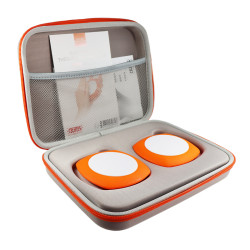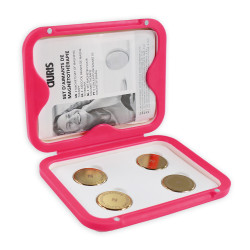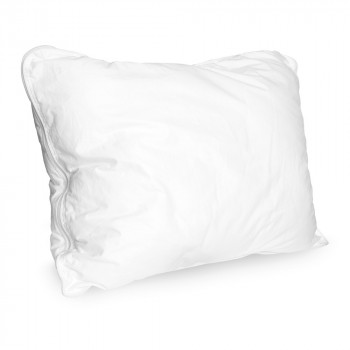 In a world where well-being is increasingly central, many therapeutic practices are attracting interest. Among them are hypnosis and magnetotherapy. Although they seem to belong to different worlds, these two approaches are often cited for their benefits to the body and mind. But are they really? Let's decipher the truths and misconceptions surrounding these practices.
In a world where well-being is increasingly central, many therapeutic practices are attracting interest. Among them are hypnosis and magnetotherapy. Although they seem to belong to different worlds, these two approaches are often cited for their benefits to the body and mind. But are they really? Let's decipher the truths and misconceptions surrounding these practices.
True or false?
1. Hypnosis can be used to manipulate people's minds.
False. Hypnosis is an altered state of consciousness that helps to explore thoughts and emotions, but it can never be used to manipulate someone against their will.
2. Magnetic therapy uses magnets to relieve pain.
This is true. Magnetic therapy is based on the use of magnetic fields to relieve pain, particularly that associated with joint, muscle or rheumatic disorders.
3. Hypnosis and magnetic therapy work thanks to the placebo effect.
False. While the placebo effect can play a role in certain cases, these practices are based on very different mechanisms that are the subject of research and studies in the medical field.
Hypnosis: an aid to feeling better
Hypnosis is a technique that allows you to concentrate deeply, as if you were in a state of intense relaxation. It helps you focus on certain thoughts or sensations, while putting distractions to one side. When a person enters a hypnotic state, they go through a relaxation phase that modifies the activity of certain parts of the brain, in particular the prefrontal cortex, which is linked to decision-making and thinking. This modification allows the brain to concentrate more on suggestions or ideas. This does not mean that the person loses control, but that they become more receptive to certain ideas. Hypnosis also acts on the autonomic nervous system, which is responsible for the body's automatic functions such as breathing and heart rate. This explains why it is used to relieve pain (by influencing the brain's perception of pain) or to modify repetitive behaviours such as addictions. In this state, the brain can reorganise certain neuronal patterns, which can change the way we react to pain or stimuli. Contrary to popular belief, hypnosis is not used to manipulate people. It is used to manage stress, relieve pain, improve sleep or stop smoking. Hypnosis helps you feel better by mobilising your natural resources.
Magnetic therapy: soothing the body with magnets
Magnetic therapy is a method widely used in Asia, particularly Japan. It uses powerful magnets to help restore the body's natural magnetic balance and improve general well-being.
The magnetic fields generated by the magnets encourage natural physiological reactions, such as :
- Increased blood flow for better oxygenation, better absorption of nutrients and better elimination of waste products by the cells.
- Reducing the message of pain and encouraging the secretion of natural hormones, such as melatonin and ATP molecules, a source of energy.
Magnetic therapy therefore helps to
- Reduce joint, muscle and rheumatic pain, as well as pain linked to inflammation.
- Improve sleep quality
- Rebalance energy, relax
- And even better hydration!
Some people respond more quickly than others: a few hours may be enough for some, while others may need several days of practice.
There are a number of devices available to meet every need.
Hypnosis and magnetotherapy: two approaches to balancing body and mind
Although these 2 approaches are different, they are nonetheless complementary. Your hypnosis sessions with a practitioner can be complemented at home by magnetic therapy, with a range of devices to suit all needs and very easy to integrate into your daily routine. So why deprive yourself?



